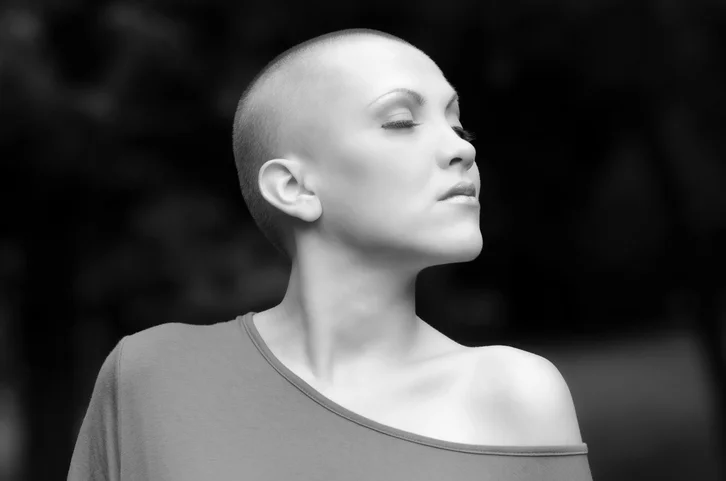3 steps essential to early detection of breast cancer
/3 steps essential to early detection of breast cancer
October is typically associated with fall colors of orange, yellow and red, but pink is another color you may be noticing quite a bit during this time of year. That is because October is Breast Cancer Awareness Month and the color pink is to remind women and their families of being and remaining vigilant about early detection of this disease.
Around 12 percent or one in eight women in the United States will develop invasive breast cancer in their lifetime. Men are also at risk of breast cancer but far less than women – about one in 1,000 men will develop this type of cancer. And while death rates have been decreasing since 1989, approximately 40,610 women in the U.S. are expected to die in 2017 from this disease.
But there is always hope. The good news is the overall death rate has decreased along with fewer women under the age of 50 who have died due to breast cancer. It is believed part of this trend is a result of advances in treatment, earlier detection through screening and increased awareness.
To keep the momentum of this encouraging trend, here are 3 steps promoting early detection all women should do. Early detection means finding cancer before it spreads to other parts of the body. Breast cancer may never be completely prevented but early detection provides the best possibility of successful treatment. To increase your chance of detecting cancer early, follow these 3 steps:
1. Become familiar with your breasts
All women should be familiar with how their breasts normally look and feel. Having a familiarity with their breasts can help women identify and notice any changes detected right away. If a change is found, it is important to schedule an appointment with a doctor as soon as possible to identify and diagnosis the symptom and if any treatment is required. Remember – 8 out of 10 lumps found are not cancerous.
What to look for:
· A lump or thickening in or near the breast or in the underarm area
· A change in the size or shape of the breast
· Dimpling or puckering in the skin of the breast
· A nipple turned inward into the breast
· Discharge (fluid) from the nipple
· Scaly, red, or swollen skin on the breast, nipple, or areola (the dark area of skin at the center of the breast).
2. Annual well-woman exam
Each year, all women should visit their family physician or gynecologist for a well-woman exam. This visit should include a routine pelvic exam and pap smear in addition to a breast exam to check for any abnormalities. A well-woman exam is the perfect time for any woman to talk to her healthcare provider about any concerns or questions they may have regarding their breast health.
3. Mammogram
Of course, no list of steps necessary for detecting breast cancer early would be complete without mentioning the importance of mammograms. Because breast cancer in its early stages has few if any symptoms, it is recommended by the National Breast Cancer Foundation that women ages 40 and older get a yearly mammogram. Mammograms can often find or detect breast cancer when it is small and even before a lump can be felt. This is when it is easiest to treat.
A mammogram is a low-dose x-ray that allows specialists to look for changes in breast tissue. Screening mammograms are used to look for breast changes in women who do not appear to have breast problems. A diagnostic mammogram is used to get more information about breast changes in women who have breast symptoms or an abnormal screening mammogram.
Mammograms are safe and quick method for detecting cancerous tumors and other abnormal breast conditions. Plus women who have yearly screening mammograms have a lower chance of dying from breast cancer than women who do not have screening mammograms.

